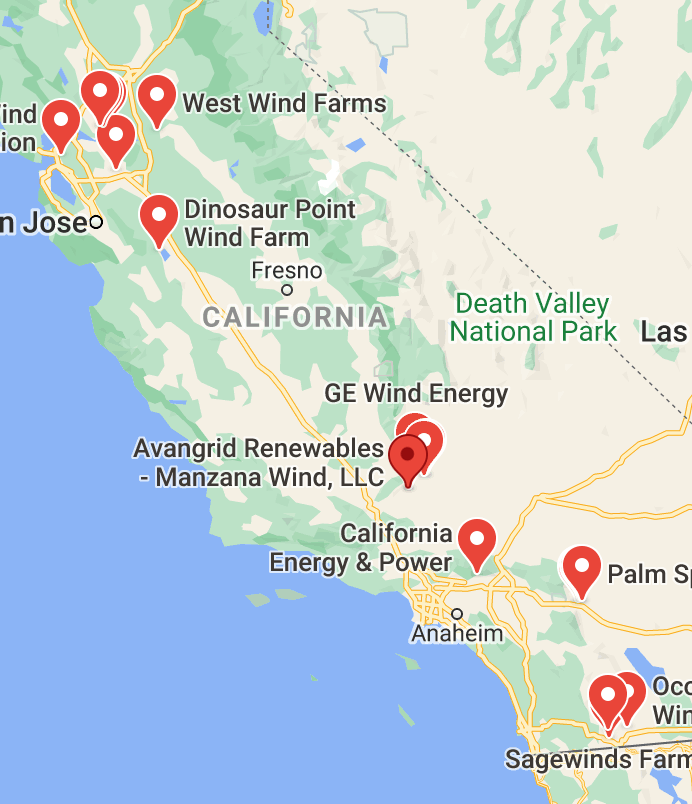Discussion
My study discussed using an algorithmn to test if wind turbines were more efficent if you increased the number of turbines while decreasing the mass, and I decided to test this out.
- Identify a statistical question that you could ask.
Does increasing the number of wind turbines while also decreasing the mass lead to an increase in efficiency for the total number of turbines?
- Identify the population you would study to answer the question. What information about the population would help answer your question?
The population would be wind turbine farms in the United States, and we would have to know the number of wind turbines, how much total electricity is generated, and how much power is used per revolution. We would also need to know the number of wind turbine farms there are.
- Identify a feasible sample frame, and explain your reasoning.
A feasible sample frame would be wind farms in California, because it has the 4th largest wind farm energy in the US. Similarly, a lot of the farms are close  , so it would be easy to find information.
, so it would be easy to find information.
- Identify the sampling method you would use, and explain your reasoning. What makes this method better than the others?
The sampling method that we would use is voluntary sampling, selecting from the farms that want to be chosen, and then stratified sampling, where we randomly select farms that have the same amount of wind turbines and the same mass (roughly).
- Suppose you had the means to run an experiment on this sample. Identify the null and alternative hypotheses.
The null hypothesis would be that increasing the number of turbines while decreasing the mass does not result in a change, and the alternative hypothesis would be that there is a relationship between efficiency and less mass/more turbines.
- Identify the variables and treatments that would provide information about your question. Explain your choice of treatments.
The variables would be the number of wind turbines, the mass of each wind turbine, the efficiency of the turbines combined, and the power output of the wind turbines. The treatment would be (assuming we have the resources) planting more wind turbines, and taking off some mass from the turbines. The treatment would also include artificially changing the rotor of the wind turbines to make sure wind is not a factor.
- Identify the treatment groups, and how each subject would be assigned to a group.
The treatment groups would be experimental group and the control group, the experimental group would be the group that would have more turbines but less mass, and the control group would not have anything changed. Each group would be randomly assigned based on stratified sampling, where we would separate wind turbine farms by bigger farms and smaller farms (in terms of wind turbines), and we would randomly select from those groups.
- Briefly discuss how the experiment would be conducted.
First, we would separate the wind farms into groups, then select from those groups for the experimental/control groups. The experimental groups would have extra turbines but less mass, and the control groups would be left the same way they already are. We would test how much power the total farm uses, the efficiency (how much power is generated in comparison to how much gets used), and.
- What biases may come up, and how would you address them?
One bias might be the scientists already have thought of the result, so we would double-blind the scientists, making sure that they don’t know which one is the experimental/control group. Another bias might be that the experiment was voluntary, so we would have to test other states/countries as well to make sure we are getting the same results.